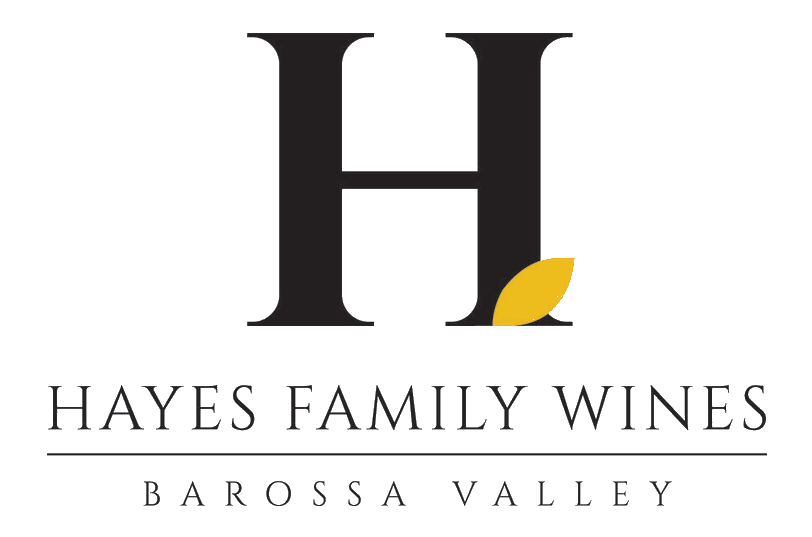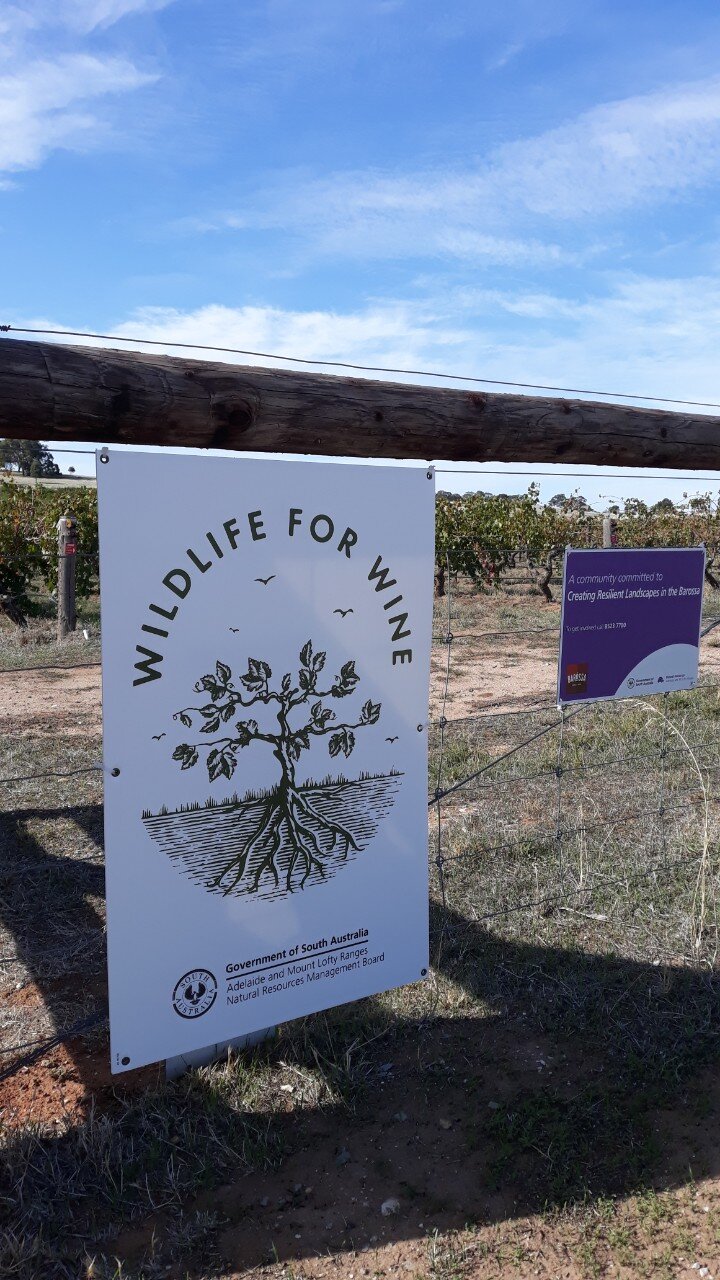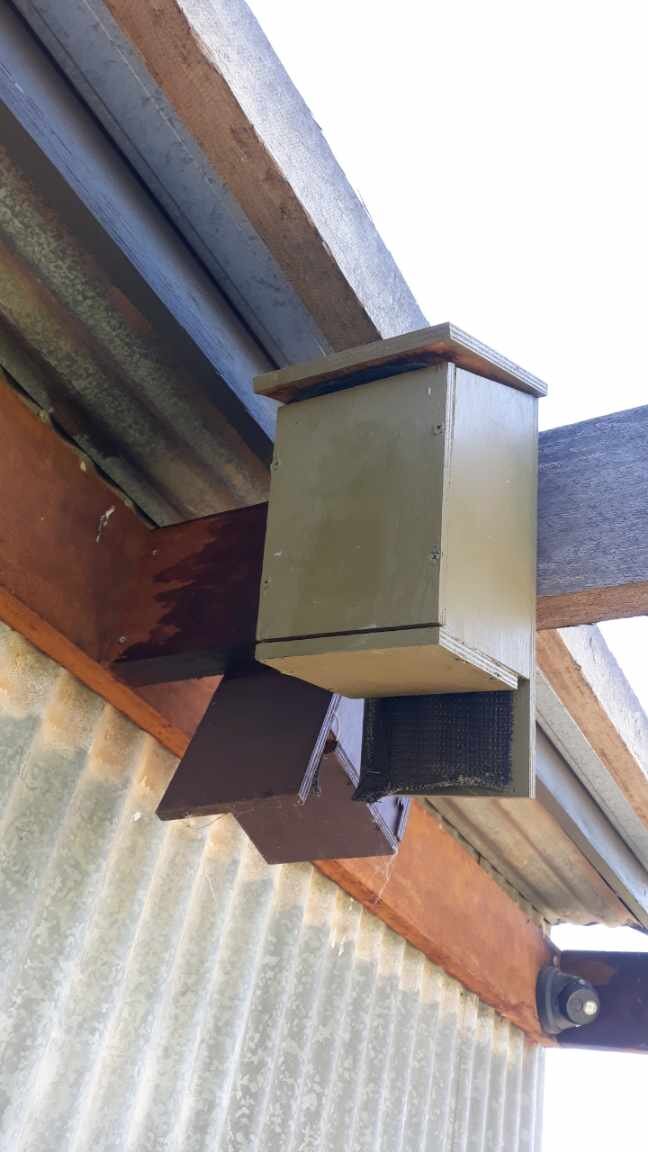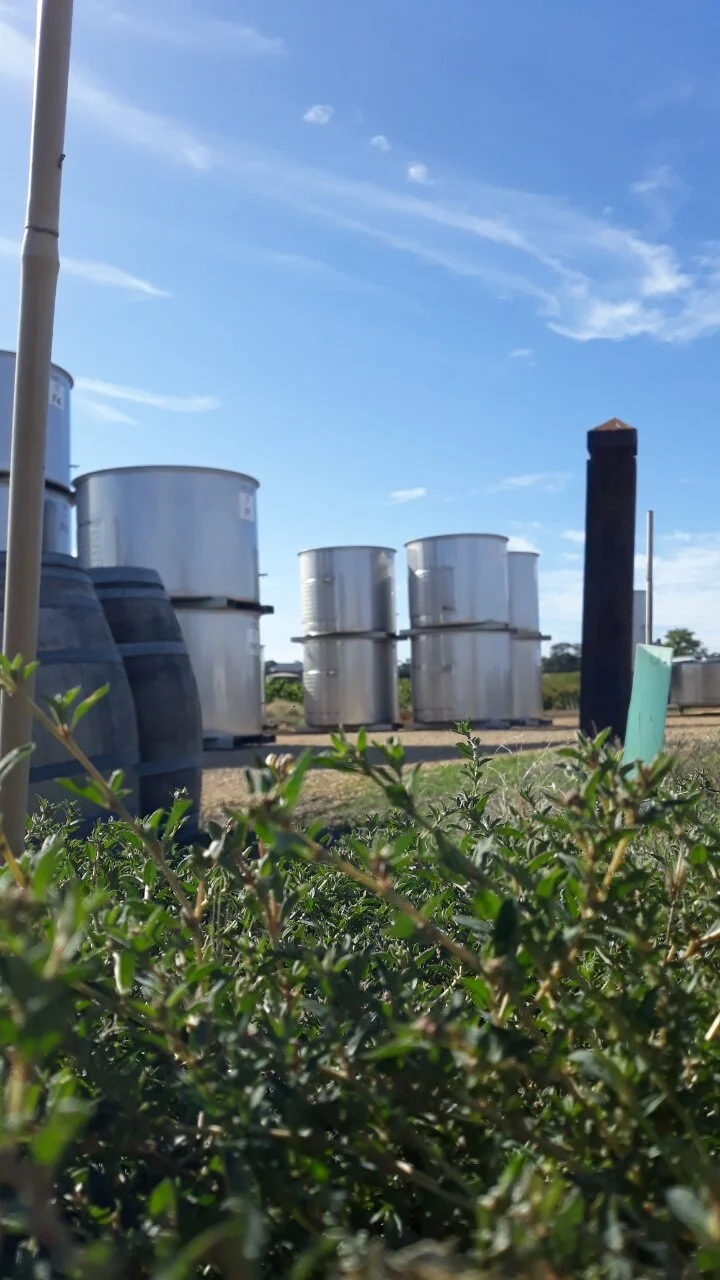Wildlife for Wine | Connecting the Natural and Vineyard Environment
As we proudly announced earlier this year, Hayes Family Wines has been certified organic with the commitment to manage our estate vineyard and produce wines made in accordance with specific criteria. But obviously there is more to running our operations sustainably than the organic certification alone. While alleviating the application of synthetic pesticide and herbicide use from the vineyard, we are supporting local flora and fauna. We are allowing for a balance between the environment and monoculture nature of viticulture. We are beginning to seriously address sustainability and biodiversity.
And the question arouse - what else can we do to go beyond organic certification and think ‘big picture’?
Fortuitously, the Barossa Grape and Wine Association introduced ‘Wildlife for Wine’ - a project developed by the Natural Resources Department of the Adelaide and Mt Lofty Ranges (NR AMLR). Hayes Family Wines is one of 10 wineries and/or vineyards within Barossa participating in this project.
The ‘Wildlife for Wine’ project is a collaborative effort between the NR AMLR and grape growers – a ‘win win’ for all! This is a To establish a sustainable microenvironment by improving the biodiversity amongst
flora and fauna, and create opportunities for NR AMLR to investigate on-farm trials in the role wildlife plays to positively support the vineyard health and grape production.
So, what’s happening ‘on the ground’? Hayes Family Wines has developed a Biodiversity Action Plan, in conjunction with NRD, which we are beginning to roll out. This Action Plan has the aim of encouraging all of us to think beyond our boundary and support local habitat as a region.
The main tasks of this plan include:
Revegetation and weed control of 5 different zones across the property
Biodiversity surveys completed by NR AMLR to assess current populations of bird and insect life and flora species. Based on this information a plant list has been devised to complement and create further synergy between plant and wildlife species.
Installation of bat roost boxes to provide artificial to increase to chance of attracting more microbats to the area.
Installation of two raptor perches to encourage large birds of prey to the property
Stay tuned for further updates via our website and socials as we work through our Action Plan. From time to time, we will be putting the call out for ‘hands on’ help – especially when it comes to revegetation. Our
plant list has some 5000 plants for us to put in the ground!
An interesting video on the initiative can be found here




